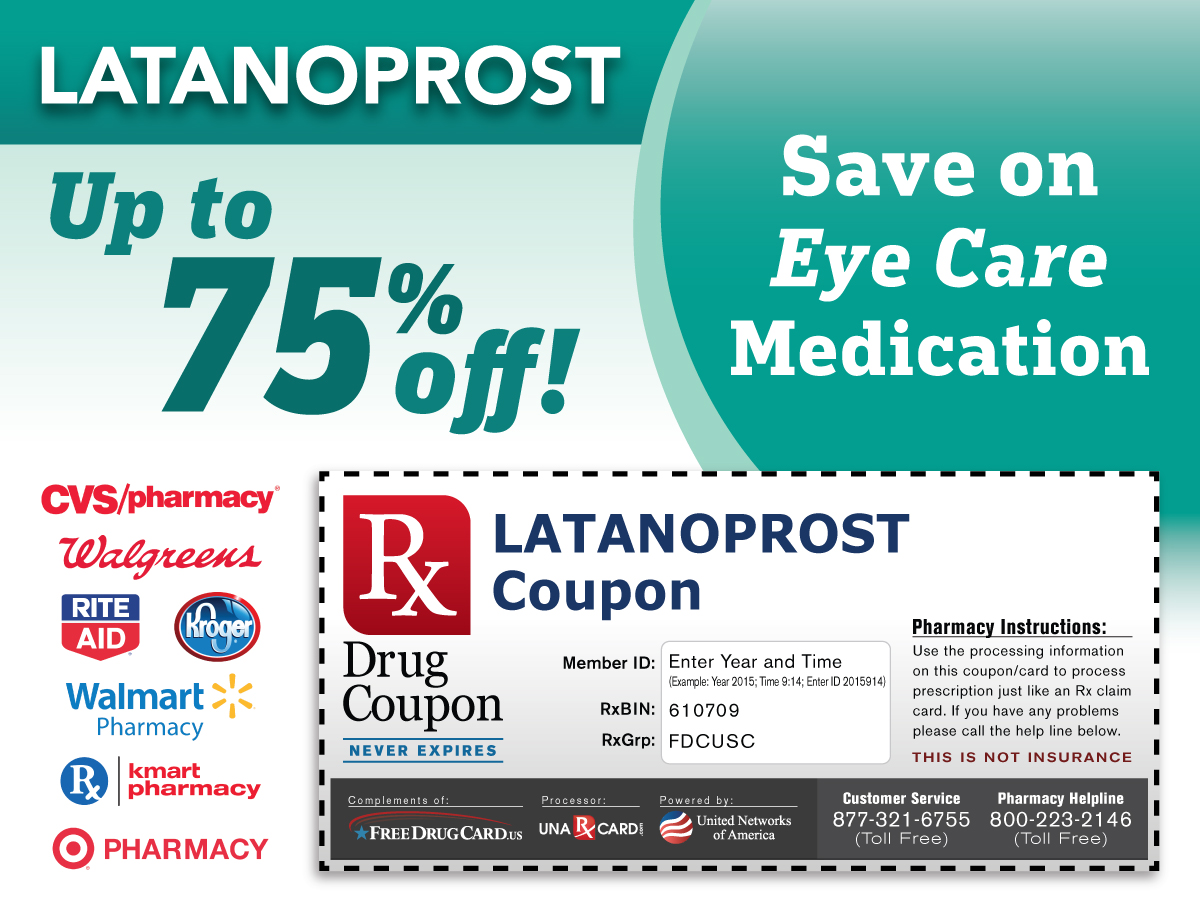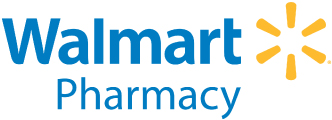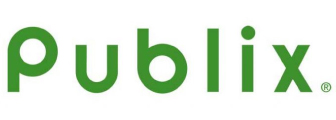Eye Health Information
Glaucoma
Glaucoma is an eye disease in which the optic nerve is damaged in a charectoristic pattern. This can permanently damage vision in the affected eye(s) and lead to blindness if left untreated. It is normally associated with increased fluid pressure in the eye (aqueous humour). The term 'ocular hypertension' is used for people with consistently raised intraocular pressure (IOP) without any associated optic nerve damage. Conversely, the term 'normal tension' or 'low tension' glaucoma is used for those with optic nerve damage and associated visual field loss but normal or low IOP.
The nerve damage involves loss of retinal ganglion cells in a characteristic pattern. There are many different subtypes of glaucoma, but they can all be considered to be a type of optic neuropathy. Raised intraocular pressure (above 21 mmHg or 2.8 kPa) is the most important and only modifialbe risk factor for glaucoma. However, some may have high eye pressure for years and never develop damage, while others can develop nerve damage at a relatively low pressure. Untreated glaucoma can lead to permanent damage of the optic nerve and resultant visual field loss, which over time can progress to blindness.
Glaucoma can be roughly divided into two main categories, "open angle" and "closed angle" (or "angle closure") glaucoma. The angle refers to the area between the iris and cornea through wish fluid must flow to escape via the Trabecular Meshwork. Closed angle glaucoma can appear suddenly and is often painful; visual loss can progress quickly, but the discomfort often leads patients to seek medical attention before permanent damage occurs. Open angle, chronic glaucoma tends to progress at a slower rate and patients may not notice they have lost vision until the disease has progressed significantly.
Glaucoma has been called the "silent thief of sight" because the loss of vision often occurs gradually over a long period of time, and symptoms only occur when the disease is quite advanced. Once lost, vision can not normally be recovered and so treatment is aimed at preventing further loss. Worldwide, glaucoma is the second leading cause of blindness after cataracts. It is also the leading cause of blindness among African Americans. Glaucoma affects one in 200 people aged fifty and younger, and one in 10 over the age of eighty. If the condition is detected early enough, it is possible to arrest the development or slow the progression with medical and surgical means.
Conjunctivitis
Conjunctivitis (also called pink eye or madras eye) is inflammation of the conjunctiva (the outermost layer of the eye and the inner surface of the eyelids). It is most commonly due to an infection (usually viral, but sometimes bacterial) or an allergic reaction.
Red eye (hyperaemia), irritation (chemosis) and watering (epiphora) of the eyes are symptoms common to all forms of conjunctivitis. However, the pupils should be normally reactive and the visual acuity normal.
Conjunctivitis is most commonly caused by viral infection, but bacterial infections, allergies, other irritants and dryness are also common etiologies for its occurrence. Both bacterial and viral infections are contagious. Commonly, conjunctival infections are passed from person-to-person, but can also spread through contaminated objects or water.
The most common cause of viral conjunctivitis is adenoviruses[citation needed]. Herpetic keratoconjunctivitis (caused by herpes simplex viruses) can be serious and requires treatment with acyclovir. Acute hemorrhagic conjunctivitis is a highly contagious disease caused by one of two enteroviruses, Enterovirus 70 and Coxsackievirus A24. These were first identified in an outbreak in Ghana in 1969, and have spread worldwide since then, causing several epidemics.
Eye Medication Information
Latanoprost
Latanoprost (pronounced la-TA-noe-prost) ophthalmic solution is a topical medication used for controlling the progression of glaucoma or ocular hypertension by reducing intraocular pressure. It is a prostaglandin analogue (more specifically an analogue of Prostaglandin F2α) that works by increasing the outflow of aqueous fluid from the eyes (through the uvealsclearal tract).
It is also known by the brand name of Xalatan manufactured by Pfizer. Annual sales are approximately $1.6 billion. The patent for latanoprost expired in March 2011, and at least one generic version (manufactured by Mylan Inc.) is now widely available in the U.S.
Latanoprost was developed by Dr. Carl B. Camras and his research adviser Dr. László Z. Bitó at Columbia University in 1996.
Patanol
Olopatadine hydrochloride is an antihistamine (as well as anticholinergic) and mast cell stabilizer, sold as a prescription eye drop (0.2% solution, Pataday (or Patanol S in some countries), manufactured by Alcon). It is used to treat itching associated with allergic conjunctivitis (eye allergies). Olopatadine hydrochloride 0.1% is sold as Patanol (or Opatanol in some countries). A nasal spray formulation is sold as Patanase, which was approved by the FDA on April 15, 2008. It is also available as an oral tablet in Japan under the tradename Allelock, manufactured by Kyowa Hakko Kogyo.
































